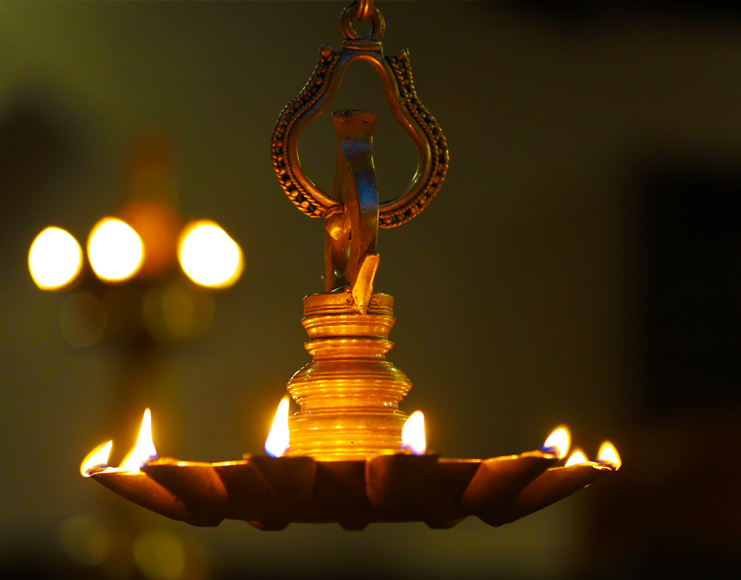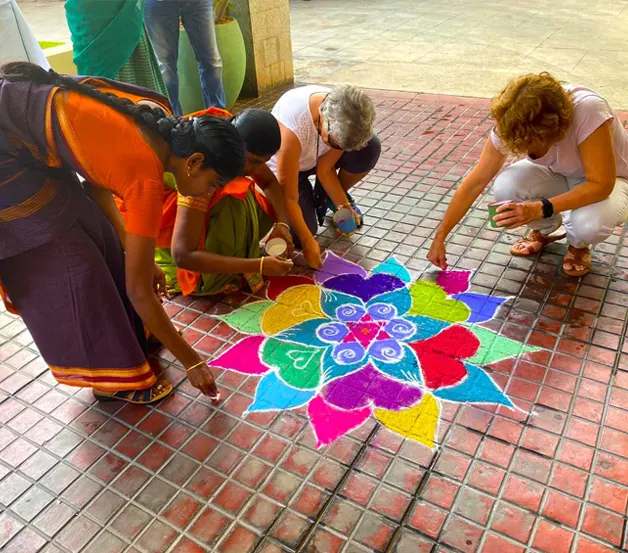
Worldwide Adventures India’s journey began 25 years ago, to not just book tours for our partners and travellers but to engage them into every country’s rich culture, heritage and traditions. We wanted you to savour some extraordinary moments and build lasting connections.
Asia is a land of many hidden stories, regional recipes, soul stirring landscapes, architectural masterpieces and inimitable hospitality. As a boutique Destination Management Company (DMC), our aim is simple: to offer immersive and authentic experiences that + Read More

At Worldwide Adventures India, our passion for travel is driven by a promise to share narratives of people, places and traditions along with authentic life-changing experiences. A combination of respect and love for the world we live in, our aim is to create meaningful cultural exchanges and foster shared happiness.
“I am blessed to work as an organic farmer, a naturalist and a founder of a village school,” expresses Bhim Singh Rana as he shares his journey.
His story is a heart-warming tale of how one man’s dream can take charge of their destiny. Born in Bahnera, a small village located in Bharatpur in Rajasthan, it was Rana's dream to uplift the local community. He has worked on providing education, sanitation and much more while pursuing his passion to stay close to nature.